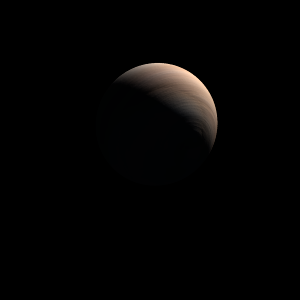|
|
Space Astro
|
Info for exoplanet "Uvyvi"
| Scientific (actual) data |
|---|
| Name | GJ 3293 d |
| Planet status | Confirmed |
| Mass sini | 0.024 |
| Orbital period | 48.1345 |
| Semi major axis | 0.194 |
| Orbit eccentricity | 0.12 |
| Discovered | 2014 |
| Updated | 2017-03-17 |
| Omega | 322 |
| Tperi | 2455680 |
| K | 2.42 |
| Publication | Published in a refereed paper |
| Detection type | Radial Velocity |
| Mass measurement type | Radial Velocity |
| Star name | GJ 3293 |
| Right ascension | 67.15° |
| Declination | -25.17° |
| Mag v | 11.96 |
| Star distance | 17.9 |
| Star metallicity | 0.02 |
| Star mass | 0.42 |
| Star radius | 0.404 |
| Star sp type | M2.5 |
| Star temperature | 3466 |
| Wikipedia article | GJ 3293 d |
Back
| |
| Fictional info (?) |
|---|
| Suggested name | Uvyvi |
| Planet type | Cold planet |
| The nitrogen has probably photodissociated, and the free carbonyl sulfide has been swept into interplanetary space by the solar wind because of the lack of a xenon layer.
The outer atmosphere is visibly segregated into several bands at different latitudes, resulting in turbulence and storms along their interacting boundaries. |
| Atmosphere | Carbonyl sulfide | 64% |
| Ammonia | 32% |
| Nitrogen | 2.9% |
| Xenon | 0.54% |
| Atmospheric pressure | 70 bar |
 |
| No known satellites |
| Google search for Uvyvi |
|
Website by Joachim Michaelis
|
|
|
|